Digital transformation is turning from hype to reality - So says the findings from a recent PWC Industry 4.0 global research survey. Research participants plan to invest as much as US $960 billion per year over the next 5 years (spending as much as the equivalent of 7% of turnover in certain geographies) in new digital products and initiatives.
So, is this relevant to Enterprise Architects? We would argue that EA practitioners are best equipped to deal with challenges such as:
* bridging from digital strategy to execution/ delivery and business benefits realisation
* guiding delivery of change to be quick and cost-effective, by identifying the high-leverage change areas and low hanging fruit
* balancing digital transformation with various other change agendas, in a manner which is analogous to solving all 6 sides of a Rubick's cube: not too difficult to solve for 1 side, but it takes a different level of thinking to simultaneously solve 5 other sides without muddling things up!
EA practitioners are ideally placed to guide digital transformation stakeholders through a process to define and develop affected Business and System Capabilities against a Digital Maturity Model (DMM). Evolving EA techniques and deliverables, including Business Models, Operating Models and Channel Architectures, could be instrumental in getting real dialogue going, and forming a deep understanding of business needs and affected Business Capabilities.
EA practitioners must then lead efforts to interpret business needs in terms of affected baseline and target System Capabilities, including those related to Web/ Mobile, Social Media, Big Data/ BI, Cloud and Internet of Things. In bridging the baseline/ target capabilities gap, a number of well-established EA concepts are bound to come into play, e.g. Information Management and Boundaryless Information Flow (given the premise to support business activities anywhere, anytime and from any device).
Make sure that EA at your organisation is in an “on your marks, get set…” position for Digital Transformation!






